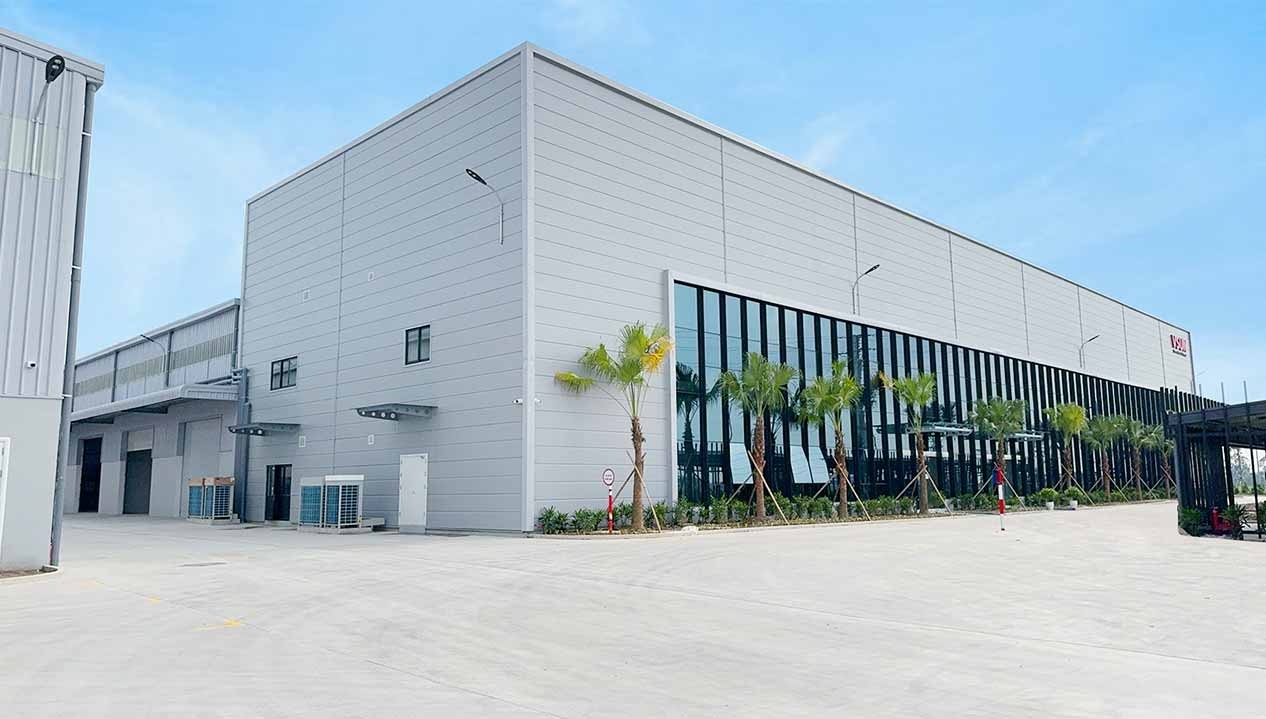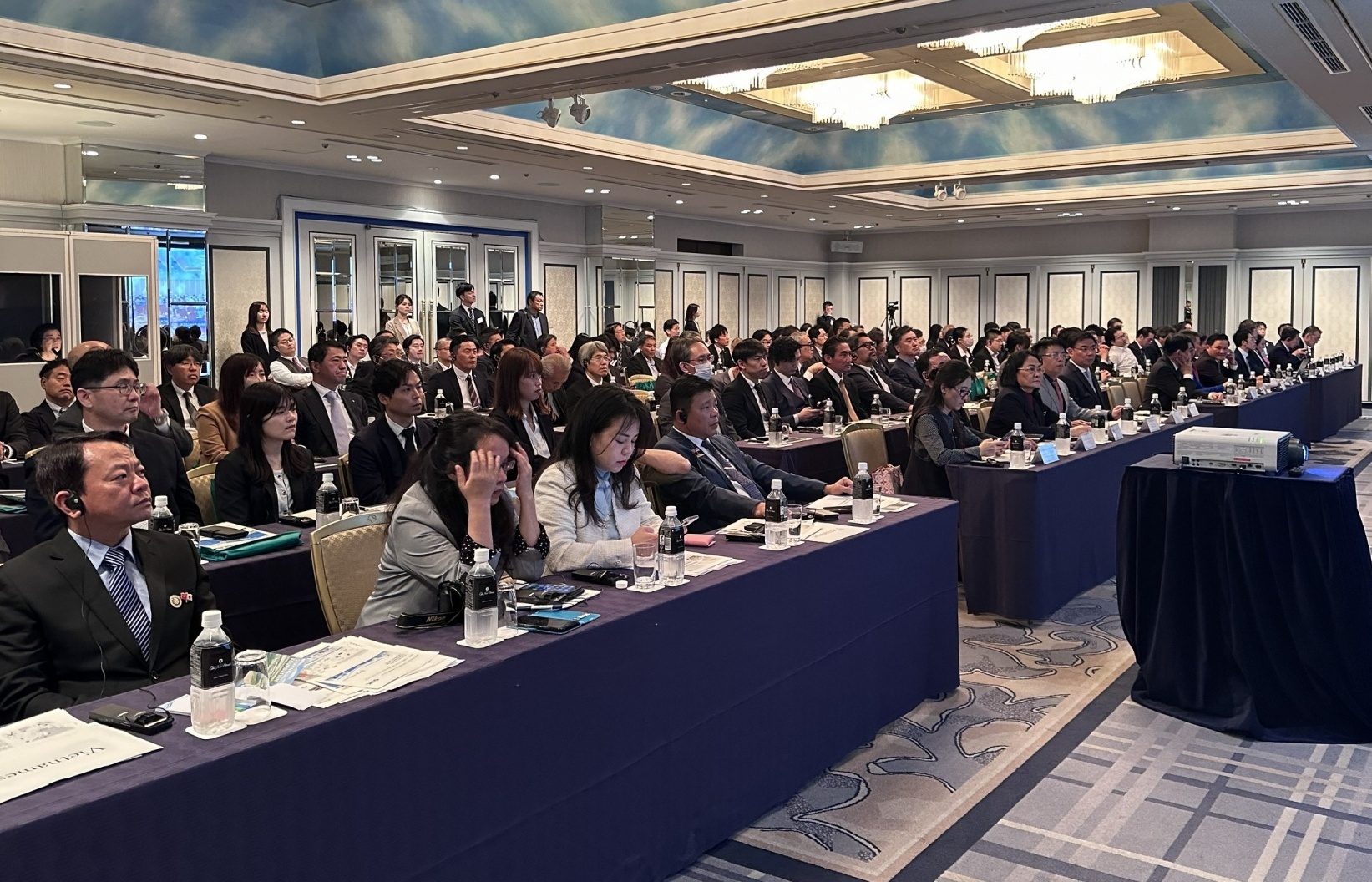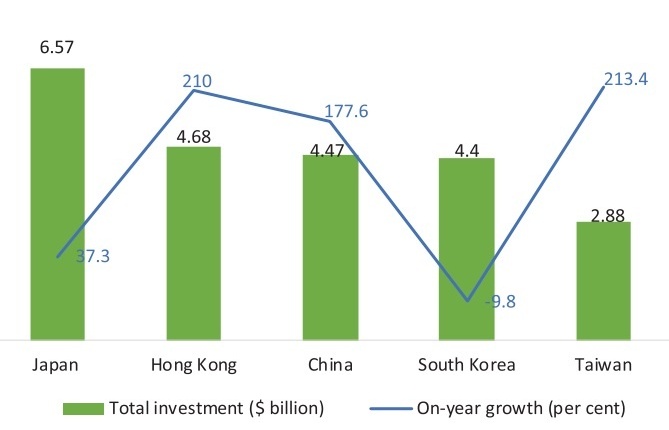Impact assessments to become the norm

Environmental impact assessments will become compulsory for projects in certain areas
Photo: Le Toan
The government has enacted Decree 18/2015/ND-CP on environmental protection zoning, strategic environment assessments, environmental impact assessments (EIA), and environmental protection planning. Under the decree which will take effect on April 1, 113 types of projects like infrastructure construction, energy, irrigation, mineral exploitation, oil and gas, and waste treatment will be compelled to undertake EIAs.
An EIA includes an analysis and prediction of the potential environmental impact of specific investments, proposing measures to protect the environment and potential ways of minimising environmental pollution. EIAs may be carried out by project licence-holders or by organisations that specialise in conducting such reports.
Investors will also be compelled to carry out public consultation with communal people’s committees, local organisations, and members of the public who will be affected by the projects.
Under the decree, EIAs will be appraised by the Ministry of Natural Resources and Environment, other relevant ministries as appropriate, and provincial people’s committees.
Although businesses are currently obliged to carry out EIAs, the enforcement of this regulation has remained lax.
“Many National Assembly members said it is necessary to force enterprises to carry out EIAs before their projects are implemented. This will help businesses to understand their commitments to environmental protection,” said the National Assembly’s Committee for Science, Technology and Environment vice chairman Vo Tuan Nhan.
He said the flouting of EIAs by businesses had led to an increasingly bad environmental situation.
“They implement EIAs just for form’s sake, and never put the EIAs into practice,” he stressed.
Tran Xuan Vinh, vice head of the central province of Quang Nam’s National Assembly delegation, said one of the biggest causes behind Vietnam’s increasing environmental pollution was the poor quality of EIAs.
“The EIA for one project is simply copied for another project. For example, the EIA reports for the Song Tranh 2 and A Vuong hydropower projects are almost identical, and were done within a short period of time,” he said.
Vietnam Association for Environmental Impact Assessment president Nguyen Khac Kinh said that forcing enterprises to carry out EIAs was good, but how to actually force businesses to implement EIAs was another problem.
What the stars mean:
★ Poor ★ ★ Promising ★★★ Good ★★★★ Very good ★★★★★ Exceptional
Latest News
More News
- Levelling up green logistics requires a helping hand (April 24, 2024 | 14:19)
- MPI meets with Nvidia vice president to discuss AI and semiconductor cooperation (April 24, 2024 | 14:14)
- Negotiations over payment agreement for LNG power stuck in deadlock (April 23, 2024 | 18:02)
- Masan completes $250-million equity raise from Bain Capital (April 23, 2024 | 17:37)
- Amata City Ha Long marks six years of development (April 23, 2024 | 17:00)
- Taiwan's Giant Group to build $120 million bicycle factory in Binh Duong (April 23, 2024 | 15:02)
- Nvidia delegation to explore opportunities in Vietnam (April 23, 2024 | 08:30)
- China's BOE builds $275 million electronics factory in Ba Ria-Vung Tau (April 22, 2024 | 10:44)
- Suntory PepsiCo breaks ground on its largest Asia-Pacific plant in Vietnam (April 22, 2024 | 08:53)
- New Hope ceases Binh Dinh pig-breeding project (April 19, 2024 | 18:34)














 Mobile Version
Mobile Version